(Prices correct as of today’s date, are updated daily, are subject to change and represent genuine availability at time of update).
Cruise only holidays are financially protected by ABTA. Fly cruise holidays are financially protected by Cunard Line under ATOL number 6294
Please click here to check the essential travel requirements before booking this cruise.
Want to add a hotel stay or change your flights?
Just call our team of cruise specialists to help build your dream cruise holiday today!
Spread the cost of your holiday! Interest Free Monthly payments are based on a deposit of 15%, and 16 monthly installments in accordance with our balance due date.
Prices based on 2 people sharing. Cruise only price does not include flights. Fly-cruise price may vary by chosen UK airport.
Itinerary
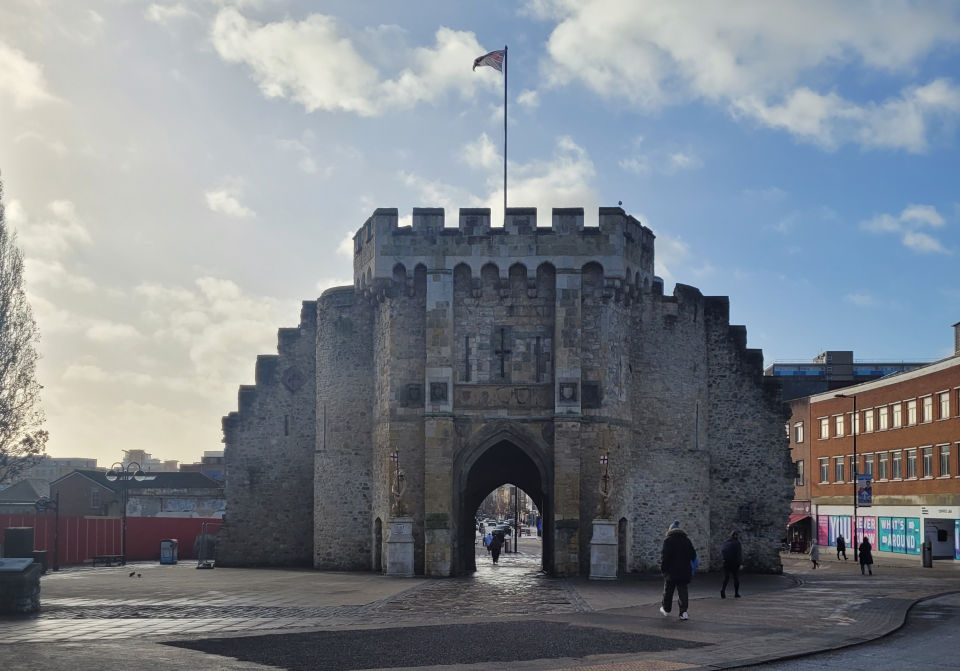
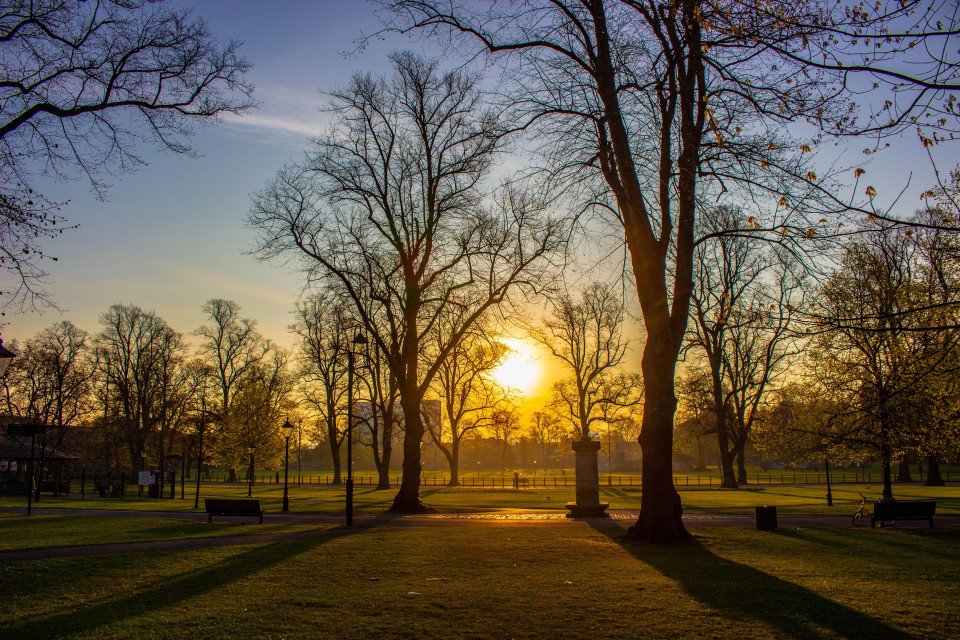
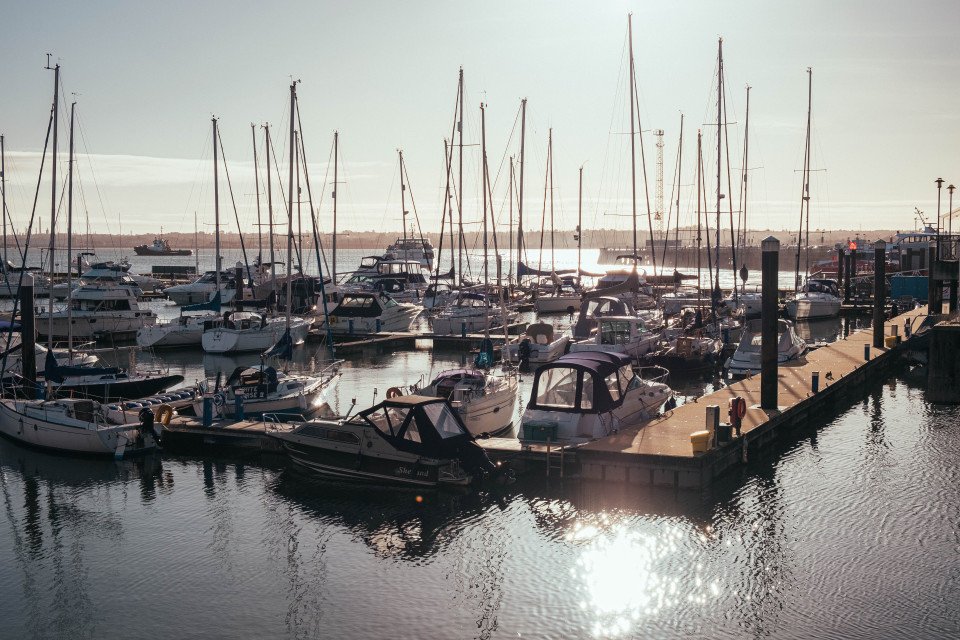
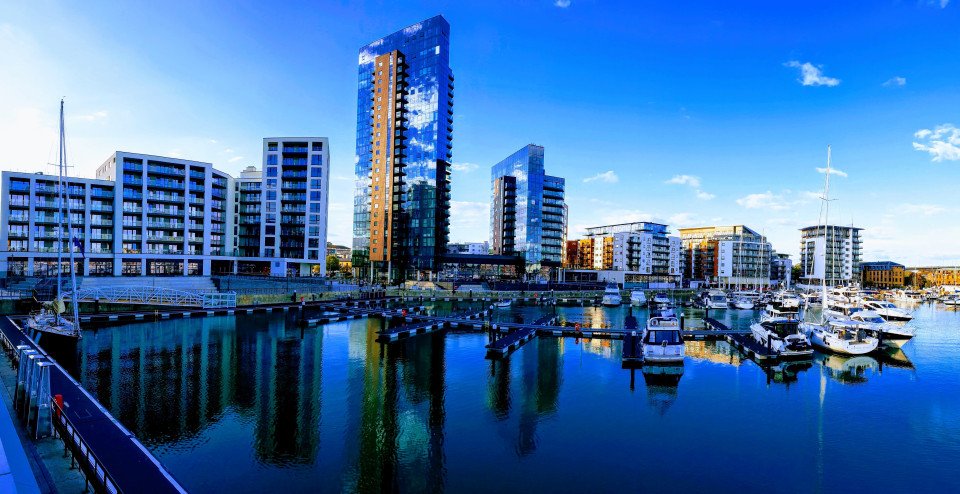
Southampton
Lying near the head of Southampton Water, a peninsula between the estuaries of the Rivers Test and Itchen, Southampton is Britain’s largest cruise port. It has been one of England’s major ports since the Middle Ages, when it exported wool and hides from the hinterland and imported wine ... Read More
Southampton
At Sea
At Sea
At Sea
At Sea
At Sea
At Sea
New York, New York
Boston, Massachusetts
Boston, Massachusetts
At Sea
Sydney, Nova Scotia
At Sea
Quebec City, Québec
Quebec City, Québec
Quebec City, Québec
Saguenay, Québec
Sept-Iles, Québec
At Sea
Halifax, Nova Scotia
At Sea
New York, New York
What's Included with
Cunard Line
Sail in luxury onboard a Cunard Cruise ship. With butler service available in all suits you can sit back and relax. You’ll find all the essentials onboard, allowing you to have the rejuvenating holiday you wanted.
Breakfast, lunch, dinner and snacks in a choice of included dining venues
Use of swimming pools, hot tubs, fitness centre and leisure facilities where available
Tea and coffee in seleted venues
Butler service in all suites
Shuttle service to and from ports and airport where available
Explore Queen Mary 2



Queen's Grill
The pinnacle of fine dining at sea, exclusively for guests staying in our Queens Grill Suites.
Drawing inspiration from the world’s finest kitchens, the Queens Grill restaurant offers a true taste of fine dining on board, elevated by a front of house team for whom nothing is too much trouble.
Open for breakfast, lunch and dinner daily, with a Grills Afternoon Tea served separately in the Grills Lounge, a visit to the Queens Grill always feels like a special occasion.
You’ll be dining among your fellow Queens Grill guests, with a table reserved for your exclusive use throughout your voyage. There’s no need to book. Simply arrive whenever you’re ready and your table will be waiting. You may even choose to take your meal in your suite, should you wish.
Each day introduces a coveted line-up of à la carte dishes, complemented by an ‘always-available’ menu of appetisers, entrees, and desserts, executed with exemplary flair and finesse.
Alternatively, opt for one of our chef’s speciality sharing dishes (orderable in advance at breakfast or lunchtimes). From beef wellington to rack of lamb, the choice is truly indulgent. Each dish (along with select offerings on our menu) is finished and presented to you table-side, only heightening the sense of theatre that’s a signature of Queens Grill dining.
Dining at the Queens Grill restaurant is exclusive to Queens Grill guests and included within your Cunard fare. The restaurant operates relaxed dress by day and smart attire (jacket optional) for dinner service after 6.00pm, except on Gala Evenings when we invite you to dress in black tie.
Gluten free and vegetarian dishes are available. If you have any food allergies or other dietary requirements, please inform us by phone after booking your voyage. Find out more about dietary requirements on board.


Insights & Enrichment
Discover new ways to learn and grow with the remarkable guest speakers and classes we host on board.
During your voyage, you may be joined by some famous faces with fascinating stories to share - perhaps a famous writer, actor or musician or possibly an eminent scientist, explorer or politician. Join one of our Cunard Insights talks to be entertained and informed by thought provoking stories, occasionally in intimate settings. You can even improve your iPad and computer skills with our i-Study Enrichment Programme.








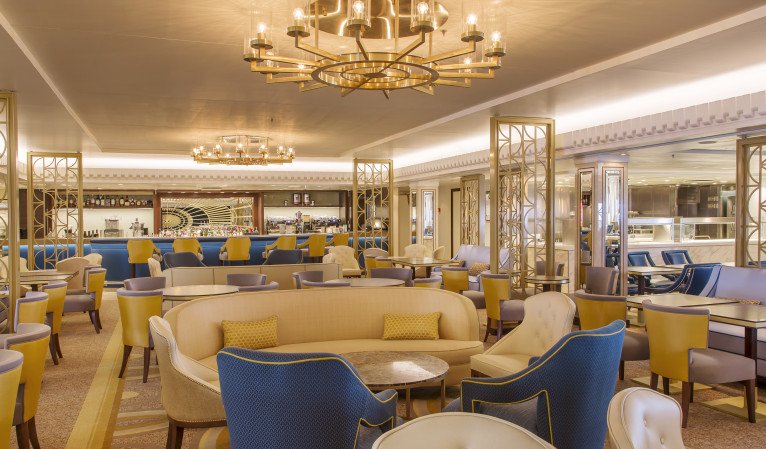


The Royal Court Theatre
Experience the thrill of a vibrant music and dance extravaganza in our full sized theatres.
You'll find our elegant Royal Court Theatres as impressive as any in the West End or Broadway and they're the perfect setting for you to enjoy invigorating, high-tech dance productions. We're constantly introducing new shows performed by our highly talented Royal Cunard Singers and Dancers. Popular recent productions including the cutting-edge dance shows 'La Danza' and 'Rhythm of the Night,' which takes audiences on a magical journey through the sights and sounds of Latin America.



Mareel Spa
Discover a sanctuary of relaxation that takes inspiration from the oceans on which our ships sail.
Welcome to Mareel Wellness & Beauty, available on Queen Mary 2, Queen Elizabeth and Queen Victoria. A space far away from the stresses and strains of the everyday, with experiences that refresh and transform.
Mareel Wellness & Beauty takes inspiration from the oceans on which our ships sail to indulge your senses—mind, body and soul. We invite you to relax, enjoy renewed energy, improved health and appearance with comprehensive spa, beauty and fitness facilities on board.
The Mareel Spa is available on all our ships and offers a range of ocean-inspired massage, body, facial and alternative treatments that transform and heal. Our Aqua Therapy Centre provides a unique water environment for guests to explore including a Thermal Suite, Hydrotherapy Pool and Relaxation Area. Access to the Aqua Therapy Centre is available with a single or multiday pass.

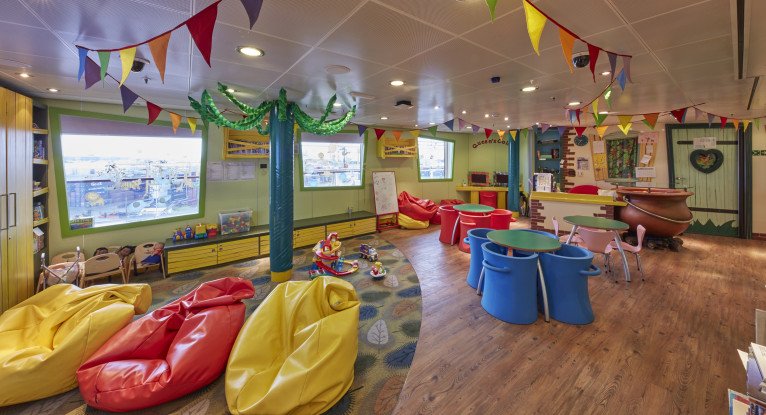


Night Nursery
Enjoy your holiday even more, knowing that your little ones have a safe place to sleep each evening.
There's a great sense of freedom to be had when you can enjoy drinks, dinner or a show knowing that your little ones are sleeping soundly. Available on a first come first served basis, our free of charge Night Nursery equips you with a pager so we can contact you if need be or, if you let us know your plans, we'll come and find you. For that extra peace of mind professional childminders are on hand. Suitable for children aged 6 to 23 months and open from 6pm to 11pm.
Deck 13

- Sliding Glass Roof
- Sun Deck
- Sports Centre
- The Lookout
- Club Balcony Staterooms
- Standard Inside Staterooms
Deck 12

- Boardwalk Cafe
- Kennels
- Shuffleboard
- Photo Studio
- The Fairways
- Pavilion Pool & Bar
- Club Balcony Staterooms
- Balcony Staterooms
- Inside Cabins
Deck 11

- Queens Suites
- Staterooms
- Observation Deck
- Atlantic Room
- The Grill's Terrace
- Whirlpool
Deck 10

- Balmoral Duplex Suite
- Windsor Suite
- Holyrood Suite
- Buckingham Suite
- Sandringham Duplex Suite
- Penthouse Suite
- Queen Mary Suite
- Queen Anne Suite
- Queen Victoria Suite
- Queen Elizabeth Suite
- Queens Suites
- Princess Suites
- Inside Staterooms
Deck 9

- Balmoral Duplex
- Windsor Suite
- Holyrood Suite
- Buckingham Suite
- Sandringham Duplex
- Penthouse
- Commodore Club
- Bar
- Boardroom
- Churchill's
- Queens Suites
Deck 8

Pool
Band Stand
- Terrace Bar
- The Verandah Restaurant
- Beauty Salon
- Canyon Ranch Spa Club
- Book Shop
- Library
- Balcony Staterooms
- Inside Staterooms
Deck 7

Princess Grill
- Queens Grill
- Grills Lounge & Bar
- Kings Court
- Carinthia Lounge
- Bar
- Therapy Pool
- Canyon Ranch Spa Club
- Relaxation Lounge
- Fitness Centre
Deck 6

- Minnows Pool
- Splash Pool
- The Kids Zone
- Teen Zone
- Play Zone
- Baby Zone
- Balcony Staterooms
- Oceanview Staterooms
- Inside Staterooms
Deck 5

Balcony Staterooms
- Oceanview Staterooms
- Inside Staterooms
- Atrium View Staterooms
Deck 4

Balcony Staterooms
- Oceanview Staterooms
- Standard Inside Staterooms
Deck 3 & 3L

- G32 (Deck 3L)
- Queens Room
- Art Gallery
- Britannia Restaurant Upper
- Chart Room
- Sir Samuel's
- Shops
- Grand Lobby
- Champagne Bar
- Royal Court TheatreIlluminations
- Single Oceanview Staterooms
Deck 2 & 3L

- G32 (Deck 3L)
- Britannia Restaurant
- Britannia Club
- Photo Gallery
- Golden Lion
- Grand Lobby
- Pursers Office
- Tour Office
- Bar
- Casino
- Royal Court Theatre
- Cunard Connexions
- Illuminations
- Single Oceanview Staterooms
Queen Mary 2 Cabins & Suites


Britannia Atrium View


Britannia Oceanview




Britannia Club







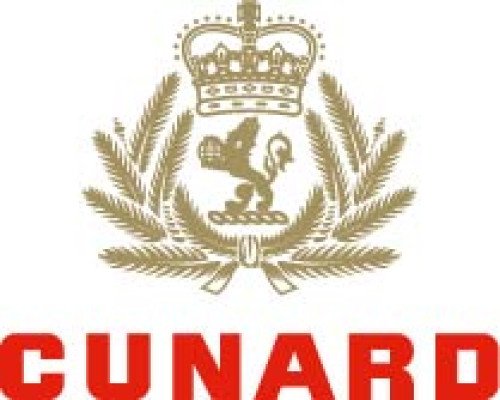
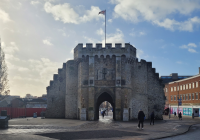

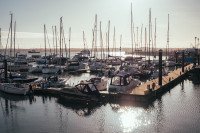
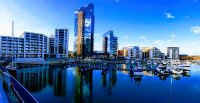
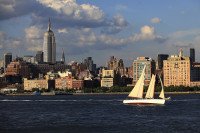
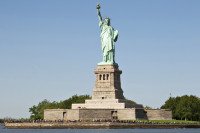

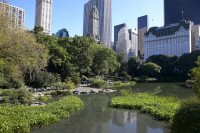
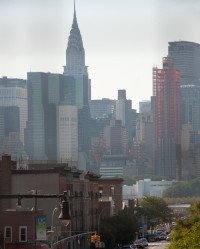




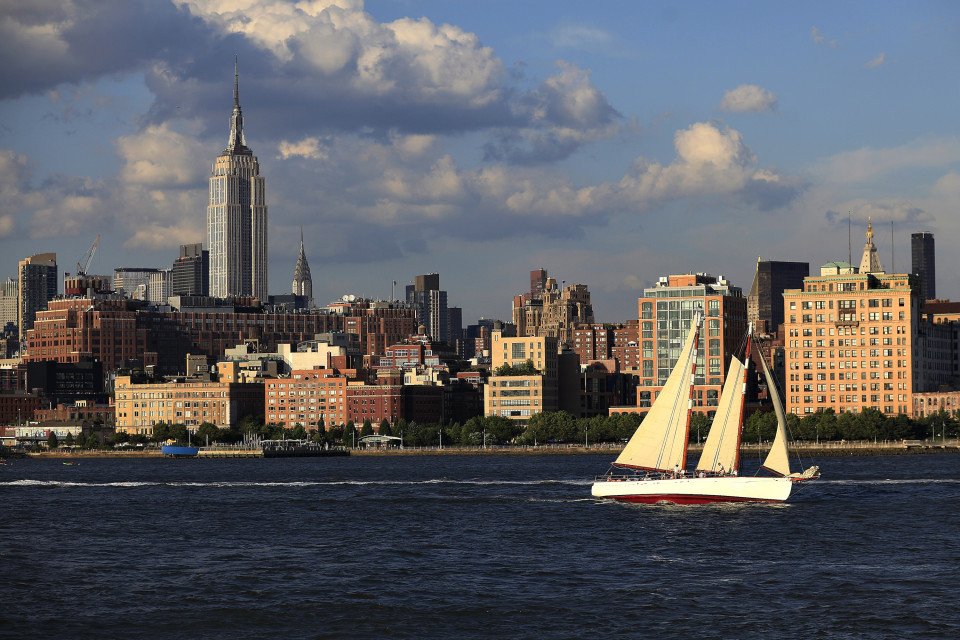
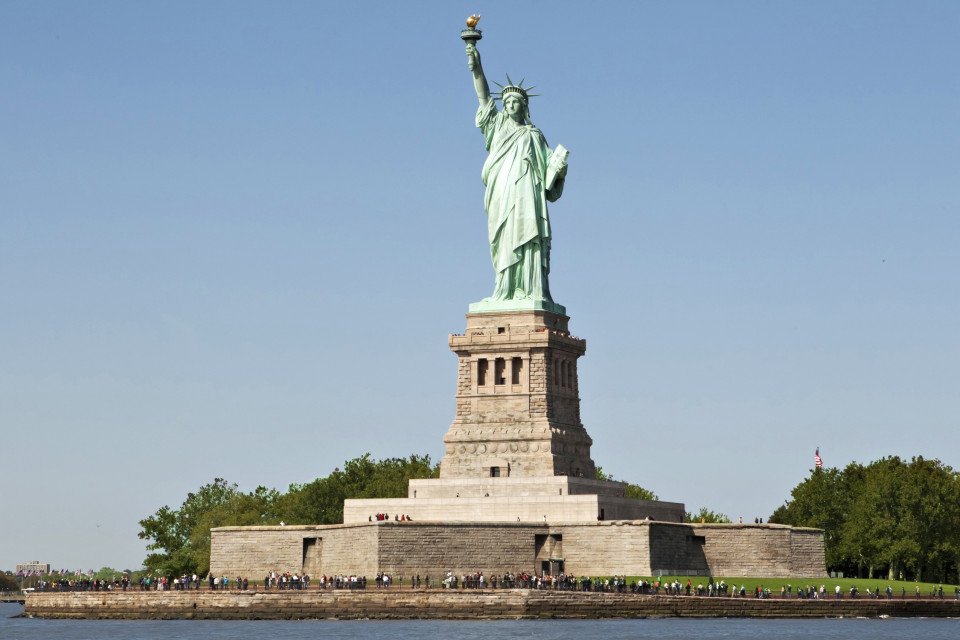
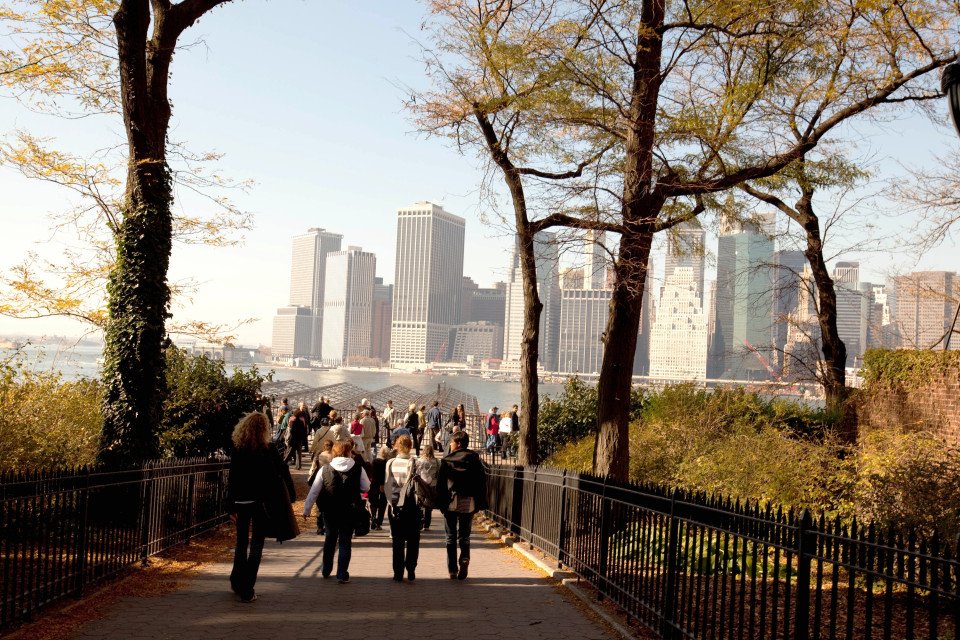
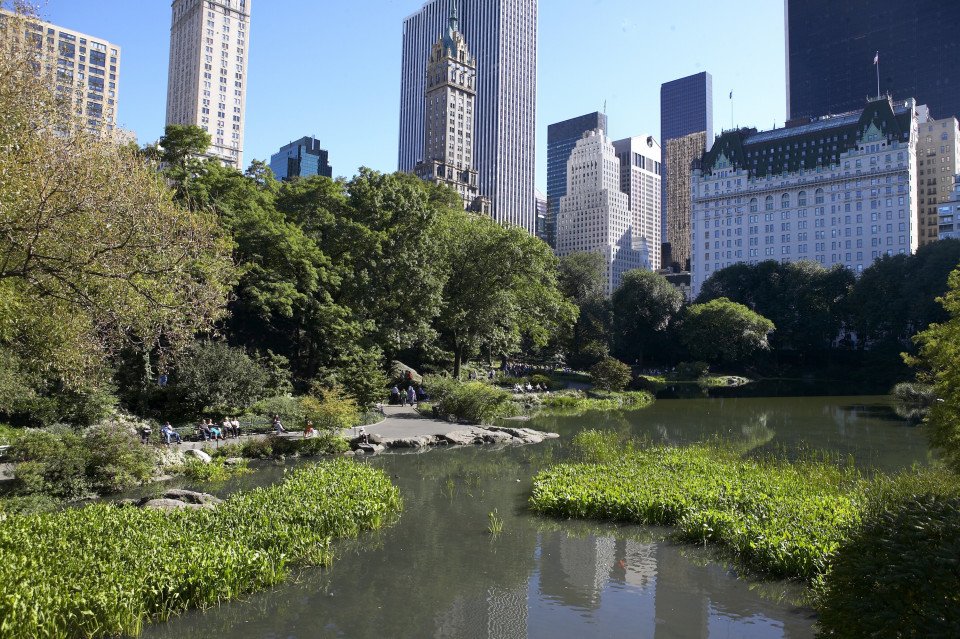
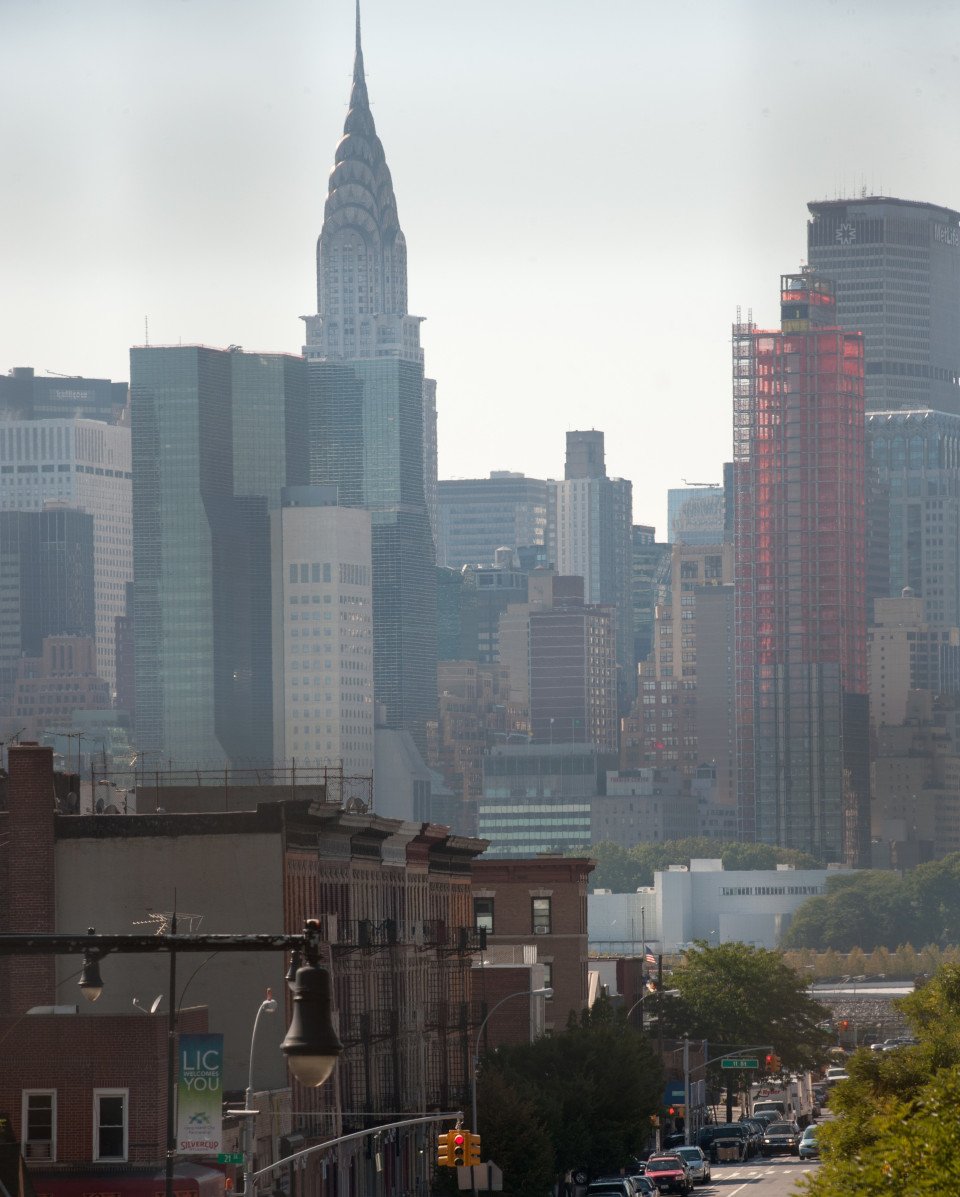
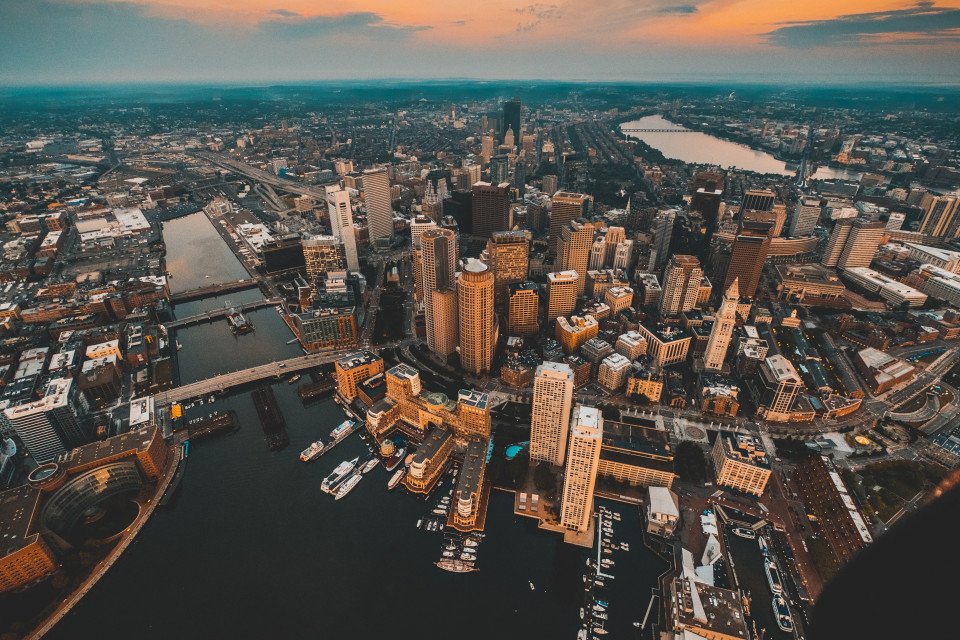
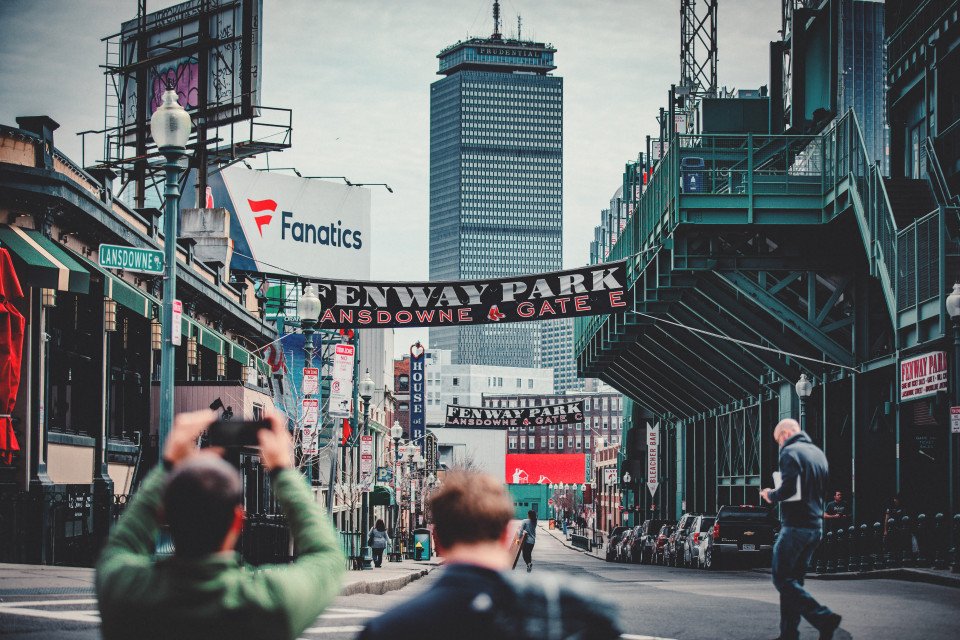
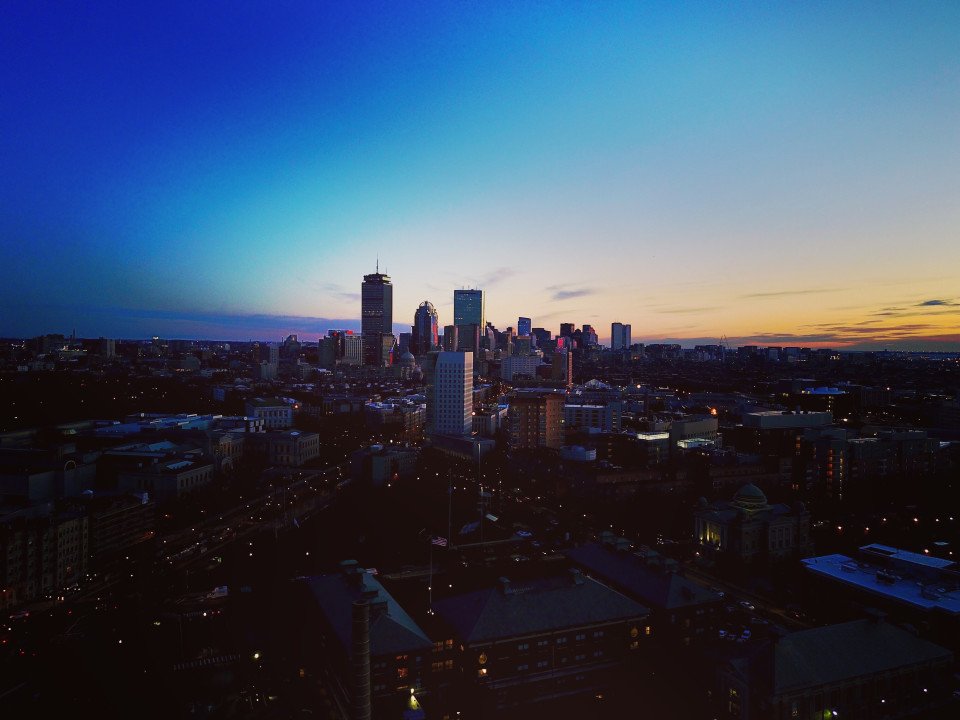
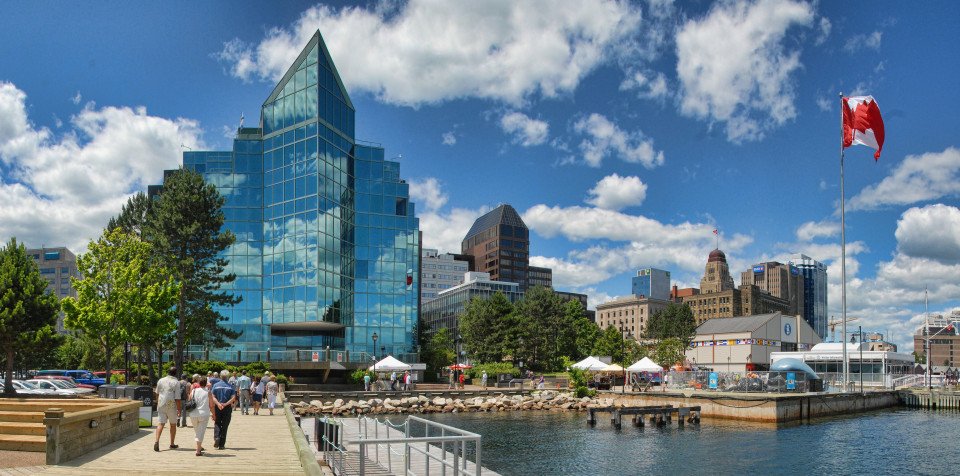


















-large_thumb.jpg)






